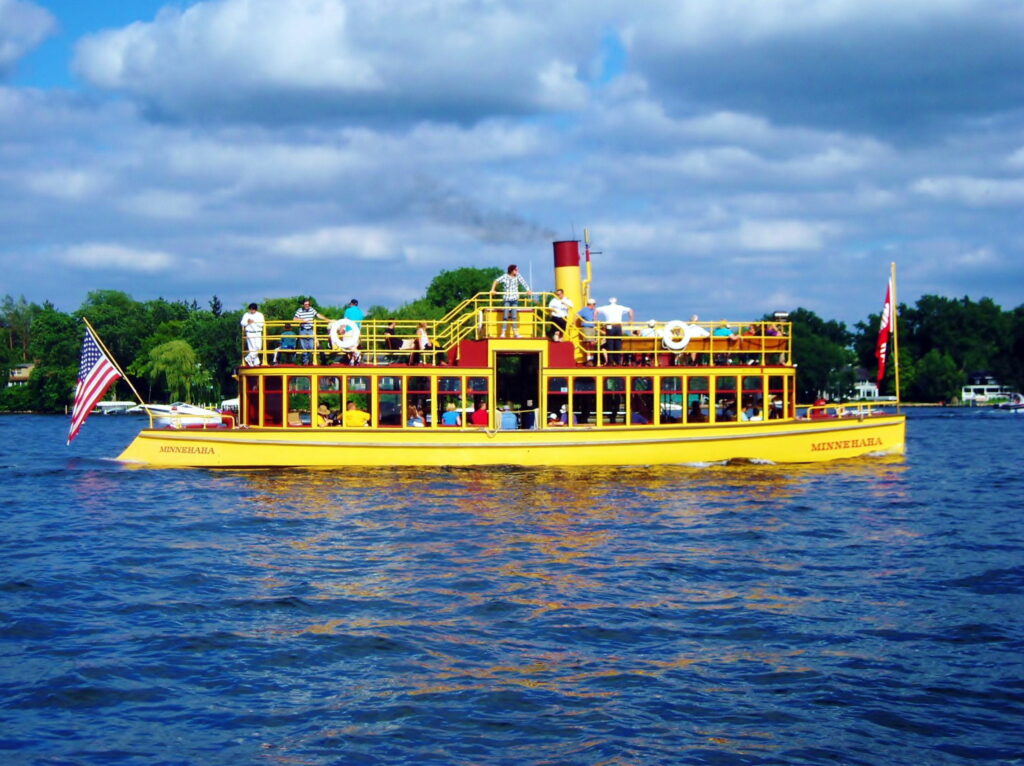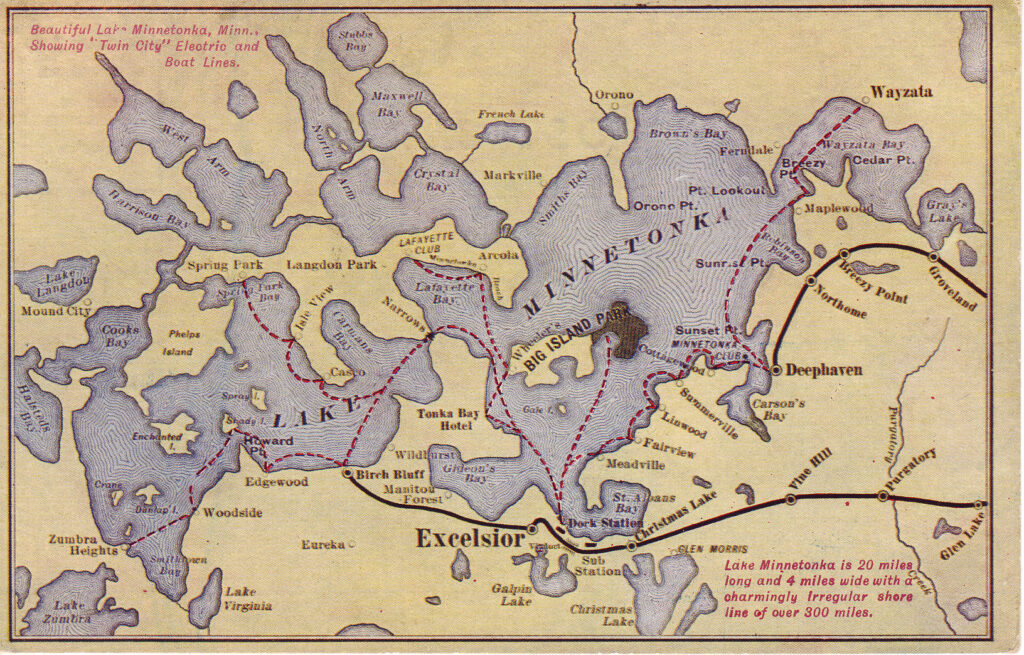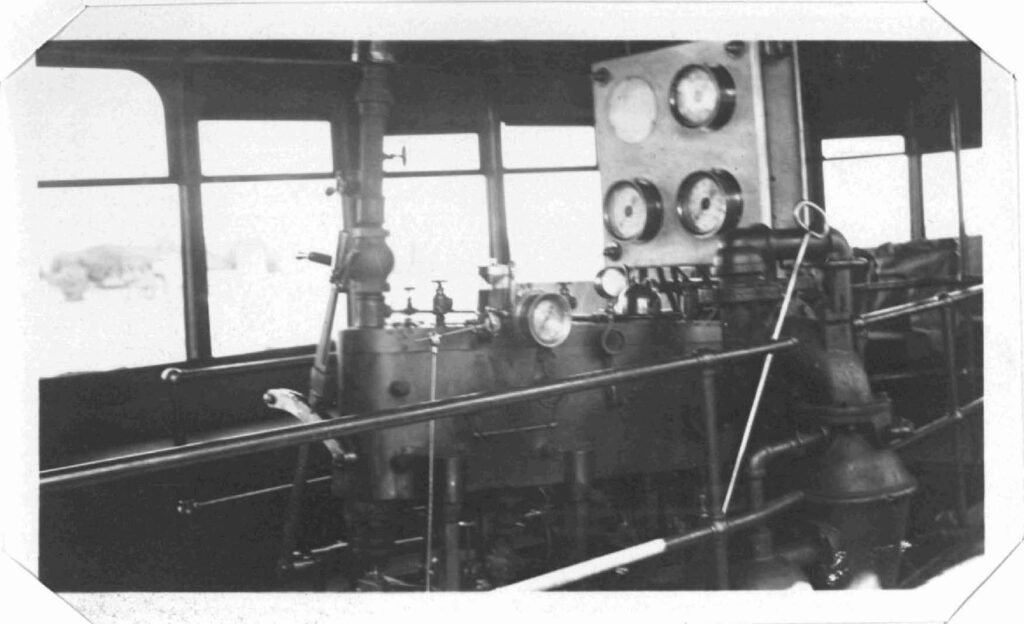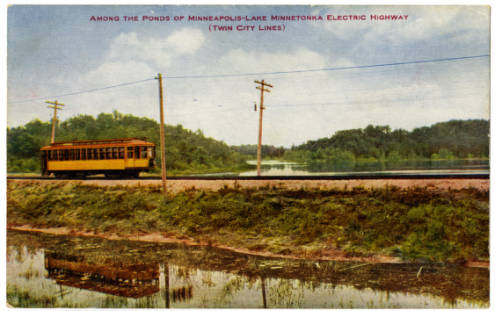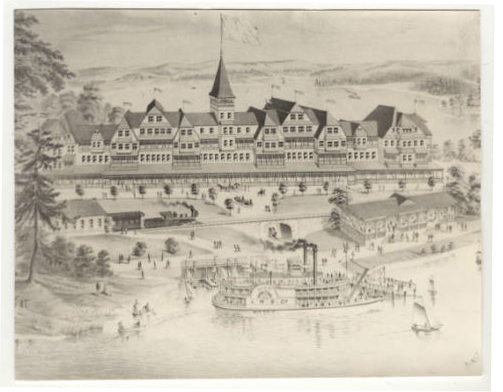By John Palmer
Modern recreational boats like the many you see on Lake Minnetonka are usually made of fiberglass or some other long-lasting plastic that requires very little maintenance to stay looking fresh. Modern engines and hardware are made of non-corroding, long-wearing materials and can go for years without much worry. But now take a look at some of those beautiful old “wood boats” that you also often see out on the lake, sedately cruising by. To stay looking pristine, they need a lot of work, often requiring a complete new finish every few years and extensive care to prevent corrosion and wear. Minnehaha is one in that class – in spades! She looks fresh and new every summer when you take your annual ride, but it takes a long Minnesota winter of work to keep her in that condition. Few except those hardy souls who spend Saturdays repairing, adjusting, sanding and painting can appreciate the work it takes to keep her “ship shape.”
So what really happened between October 9 when Minnehaha was towed from Niccum’s Landing to the “Barn” and May 7, when she made the return journey to begin her 2011 sailing season? Well, so much was done in those seven months that it isn’t even possible to describe it all. However, a few of the most important items included a complete inspection and overhaul of the boiler and all its associated parts (a task which is done every two years). Also in this year’s investment was a complete re-coating of the refractory lining, replacement of many gaskets, studs and bolts, plus replacement of the burner nozzles and a full tune up. The engine itself, although it ran well all summer, was completely torn down and carefully inspected. Bearings were adjusted, packings were replaced, and everything was adjusted for smooth operation.

